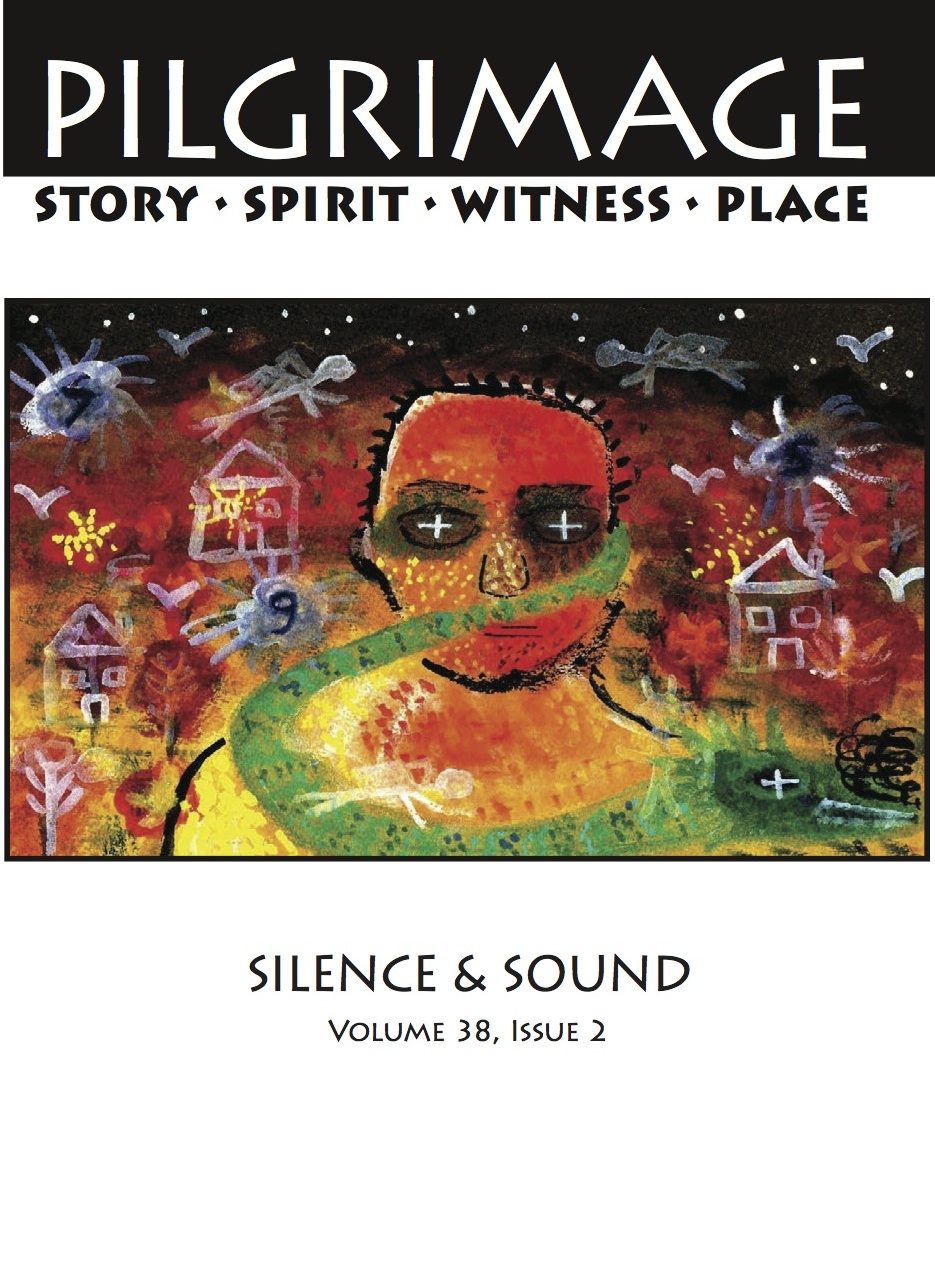 Until I started reading for this issue, I believed that sight overshadowed sound. While we may be writing in a world dominated by visual experiences, as I worked my way from one submission to the next, I encountered stanzas and paragraphs embedded with rhythm and music and engaged in thematic issues of the ear: the typewriter clacking a song, the tension found in a telemarketer’s call, and cicadas as the seasonal track tuned out, which Rebecca Aronson describes as “the sound of plucked wires under foot…that call out / their living seconds after the long wait.” Until I started reading for this issue, I believed that sight overshadowed sound. While we may be writing in a world dominated by visual experiences, as I worked my way from one submission to the next, I encountered stanzas and paragraphs embedded with rhythm and music and engaged in thematic issues of the ear: the typewriter clacking a song, the tension found in a telemarketer’s call, and cicadas as the seasonal track tuned out, which Rebecca Aronson describes as “the sound of plucked wires under foot…that call out / their living seconds after the long wait.”
The impact of music begins in the background, jars our memories awake, and leads us on cathartic paths. Nick Vagnoni studies Patsy Cline and is left to ask, “What caused that little shudder, / that yelp sparked from her throat?” The music also grows to be the theme song for our wandering, The Clash cranked loud in the car in Richard Yañez’s “Hell Paso” with his characters singing along and finding safety in each other in their chaotic hometown.
Beyond the hiss of a cassette tapes in Andrea Mummert Puccini’s “On Tape,” we hear her grandmother’s German that Puccini struggles to understand, years after her Oma passed away. The voice draws us in and makes us feel like a child again, excited to receive a care package from a country across the sea, yet conflicted in what we didn’t know we wanted to say.
On the other side of the spectrum, silence remains volatile—the power of vultures gliding high above, the child afraid of her parents’ neglect, the admiration of a photographer in a dark room, the sanctuary of a strummed guitar, or the now faded blood at Sand Creek. In “Cashua Ferry,” Landon Houle describes the vulnerability it releases within us when we contemplate whether or not to help the stranded on the side of the road. In dialogue with her husband, readers share the anxieties we inevitably carry and the wish to assist those in need.
Silence also symbolizes the oppression that has us writing on the walls of a secret closet, the stutter of a sick mother, how we battle heckling bullies at school, the only evidence of border crossers appearing as an unlatched gate, and the apology that sends a man screaming helplessly at the night. It can also be threats against humanitarian aid workers in Nicaragua or the pursuit of a birder driving across state lines, past controlled burns, and into still grasslands, in order to glimpse a rare bird and its unique song. The silence transforms into surviving these things and the voice protesting and rising where it shouldn’t.
Like in the artwork of Richard Siken, silence and sound blend together as the black bars over the mouth and eyes with the purpose to erase, the empty eyes in the ventriloquist instead of the dummy, or the dance of a snake over a man’s mouth, slithering past stars, houses, and the other animals. The images imply the sounds, which come easily to the reader. Just like Siken’s work, all the work in this issue allows us to appreciate what we tune out, to relearn forgotten noise, and realizing we are always listening and ready to connect. Silence and sound are not taken for granted; instead, they are our daily soundtrack in our search for our voice.
Juan Morales
Pueblo, Colorado
October 2014
|